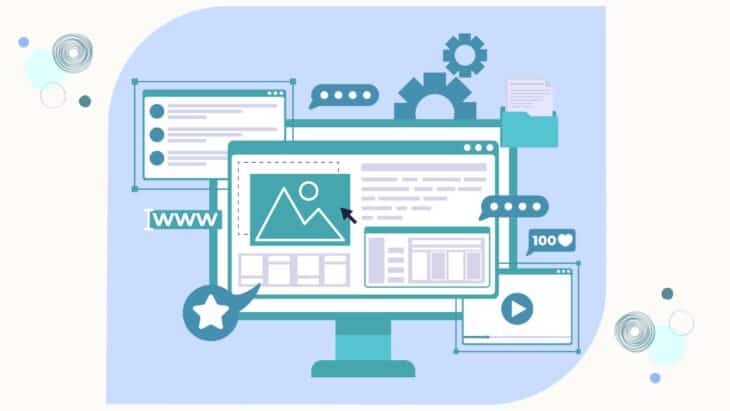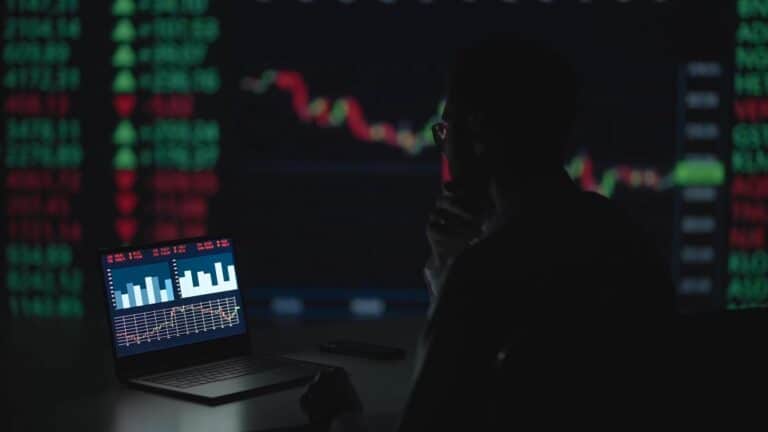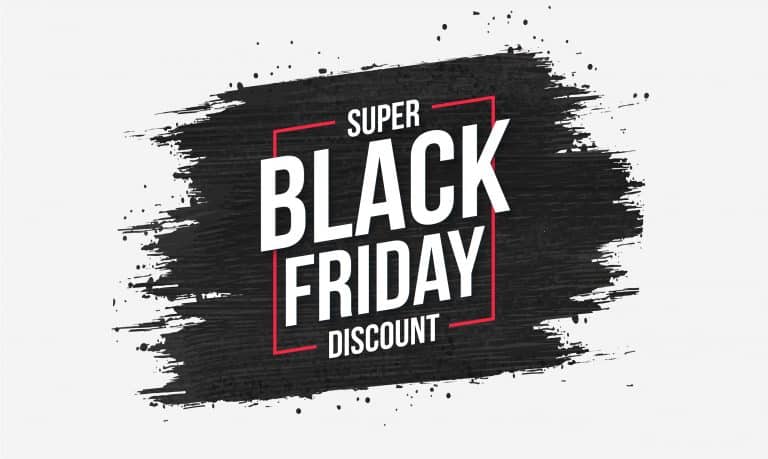As someone who has been into digital marketing for years, I’ve seen my fair share of web design trends come and go. The digital ledger is like a river, constantly changing and evolving. Heading into 2024, it’s clear that the trends shaping the future of web design are not only exciting but also indicative of how technology and user preferences continue to push the boundaries.
In this post, I’ll take a closer look at what’s on the horizon for web design in digital marketing, and highlight some trends that you should pay closer attention to. Let’s begin.
Table of Contents
ToggleDenser, Richer Graphics
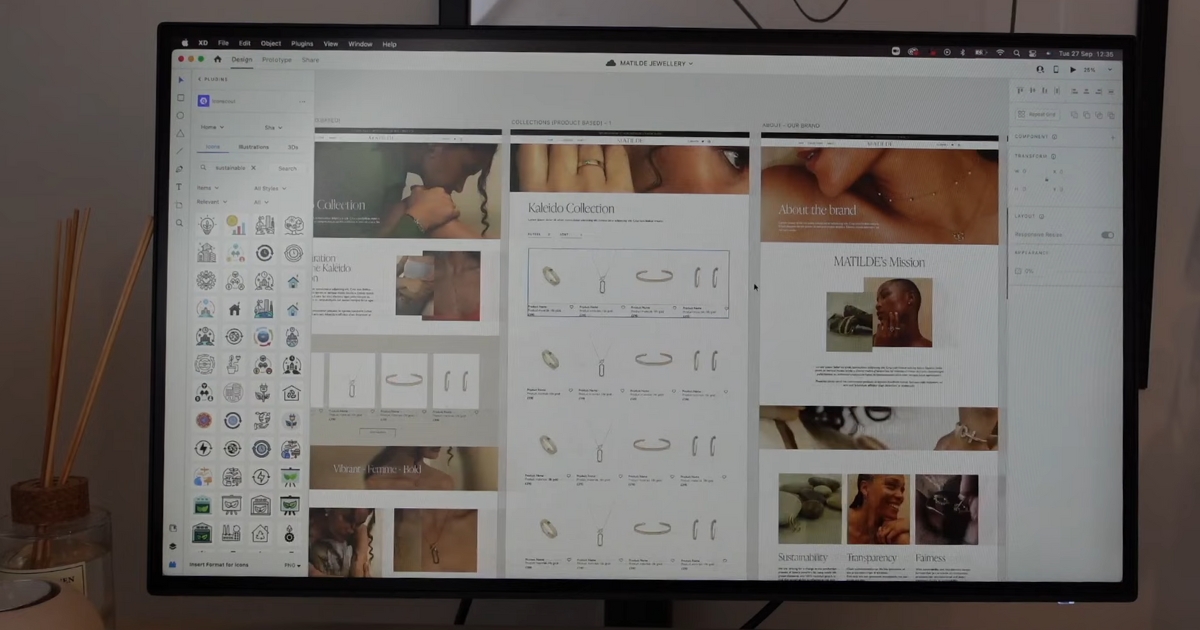
Gone are the days of simple, minimalist websites. Now, websites are embracing complexity with open arms. I’m mostly talking about vibrant colors, detailed textures, and patterns that pop. Thanks to advances in computing power and browser capabilities, designers are now equipped to create sites that were once deemed too resource-intensive.
This move towards denser, richer graphics marks a departure from minimalist designs, which offer users a visually stimulating experience.
For a vivid example of how denser, richer graphics can transform a website, Ajroni Web Agency showcases a range of design projects that brilliantly utilize complex colors, textures, and patterns, pushing the envelope of modern web aesthetics.
Sometimes, we all need help, especially when it comes to web design, and hiring that assistance can be a very wise decision, specifically if your work schedule is jam-packed.
AI-Generated Designs
Artificial intelligence got a massive boost in popularity throughout the last couple of years and is currently reshaping how we approach web design. AI tools are now assisting designers in creating custom graphics and shaping user experiences like never before.
These tools can do so much for designers. They can generate unique visuals, personalize the browsing experience for visitors, and are absolute game changers when we talk workflow and creativity.
This trend is largely contributing to efficiency, but it’s also about opening up new possibilities for innovation and personalization in web design. Something to consider in the future.
Skeuomorphism
Skeuomorphism is making a comeback, and for good reason. Mimicking the look and feel of real-world counterparts lets skeuomorphic designs offer a familiar and intuitive user experience, which every designer is after.
This approach helps narrow the gap between digital and physical, which makes digital interactions feel more natural and engaging. Pretty neat, right?
Parallax Scrolling
Parallax scrolling has long been a favorite of mine for its ability to create an illusion of depth. As we move into 2024, I expect to see this technique evolve with the inclusion of more live and video content.
This isn’t just about aesthetics, as it uses depth to enhance storytelling and user engagement on a website. Very convenient!
Kinetic Typography & Microinteractions
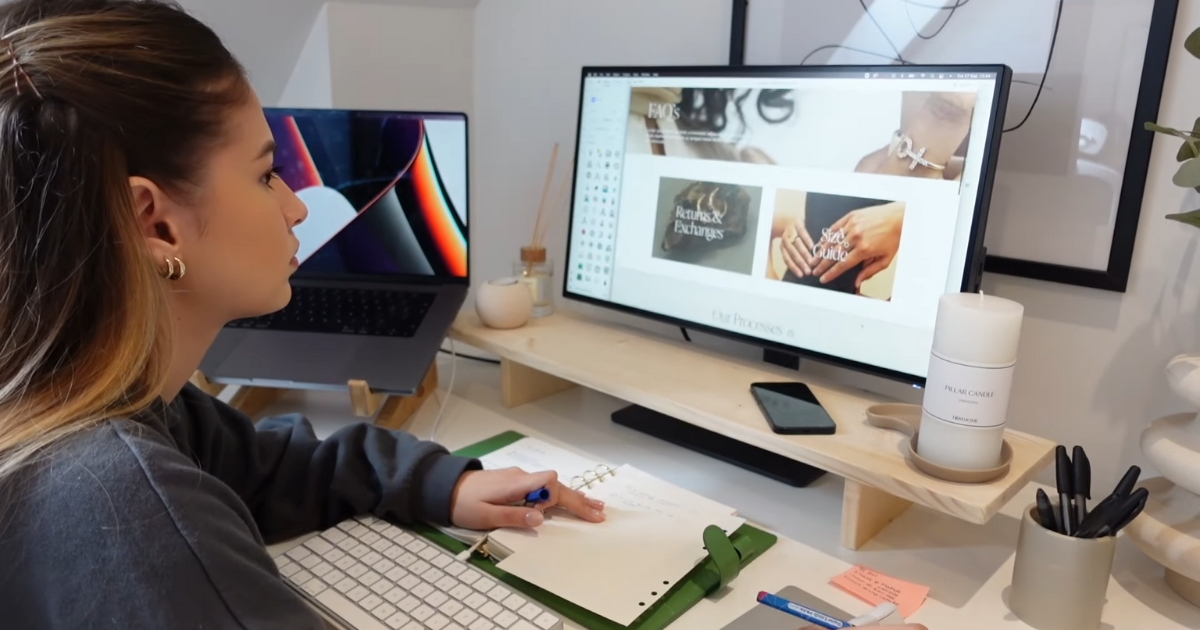
- Kinetic Typography: Text is no longer static. Animated, moving text grabs attention and dynamically communicates messages. Overall, it simply catches the eye more easily. It’s becoming more interactive, working seamlessly with other design elements to tell a story or convey a message powerfully.
- Microinteractions: It’s the little things that count. Microinteractions are those small, interactive elements that respond to user actions, making websites more intuitive. I Expect these to get more personalized and context-aware, which will add subtle yet powerful layers of interaction.
Neomorphism & Claimorphism
The design world is buzzing with terms like neomorphism and claimorphism. Characterized by simplicity, subtle appearances, and soft shadows, these styles accent monochromatic color schemes and low contrast.
They represent a move towards designs that are both futuristic and minimalistic, which offers a very sophisticated user experience.
Typography Takes Center Stage
Typography is not just about readability anymore since it has become an art form in itself. Designers love experimenting with layouts, sizes, colors, and dynamic elements to create visual hierarchies and draw attention.
Typographical evolution is currently at the vanguard of the minimalist design trend, proving that sometimes, less is indeed more.
The Ever-Green Focus on UX
User experience remains a top priority for users. Clear site structuring and straightforward navigation are non-negotiables in this business, and everyone strives to honor and follow this unwritten rule.
Designers are looking to incorporate more advanced design elements, and the focus is on ensuring that these enhancements serve to improve, not hinder the user journey.
Retro Futurism & Gradients
Retrofuturism and gradients add a splash of color and nostalgia to the web design palette. Blending retro styles with modern elements lets designers create unique, eye-catching aesthetics that stand out.
Meanwhile, gradients add depth and vibrancy while keeping things elegant and simple.
Interactive Storytelling
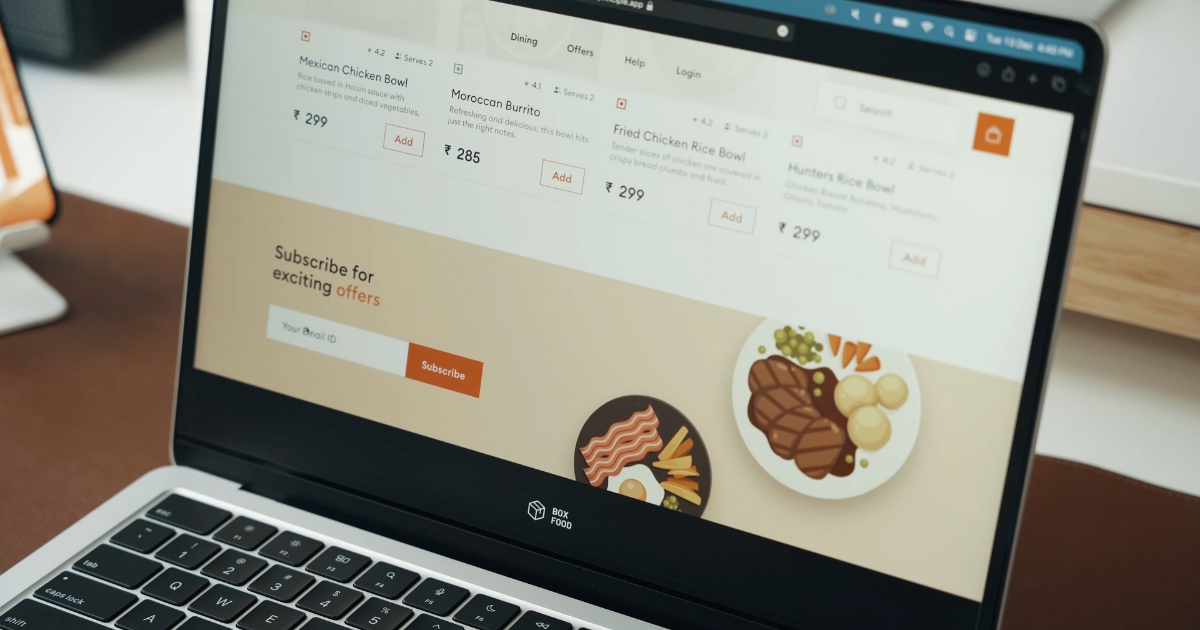
Interactive storytelling is revolutionizing user engagement. With the integration of animations, video content, and 3D elements, websites are becoming much more than just regular information hubs.
They are becoming more and more immersive and are often designed to charm and entertain, not just inform.
Less Is More
Despite the surge in richer graphics and complex designs, minimalism remains a dominant trend. The charm of ultra-minimalist design lies in its elegance, sophistication, and the clean simplicity it brings to digital spaces.
In 2024, minimalism is expected to evolve, which might merge with other design trends to create spaces that are visually serene yet functionally rich.
This balance is vital in designing experiences that are both aesthetically pleasing and user-friendly. Think about your first impression when you enter any website. Simplicity is such an underrated aspect, right? Overcomplicating things can lead to frustration, and we simply don’t want to do that.
Final Words
As we look ahead, it’s clear that the future of web design in digital marketing is bright and full of potential. From denser graphics and AI-generated designs to the revival of skeuomorphism and the evolution of typography, these trends are not just shaping the way we create websites but redefining how we connect with audiences.
So, as the trends evolve in 2024, you, as a designer, should think thoroughly about these changes, experiment boldly, and strive toward creating digital experiences that are not only visually stunning but also deeply engaging and user-friendly. The future is here, and it’s ours to design.
